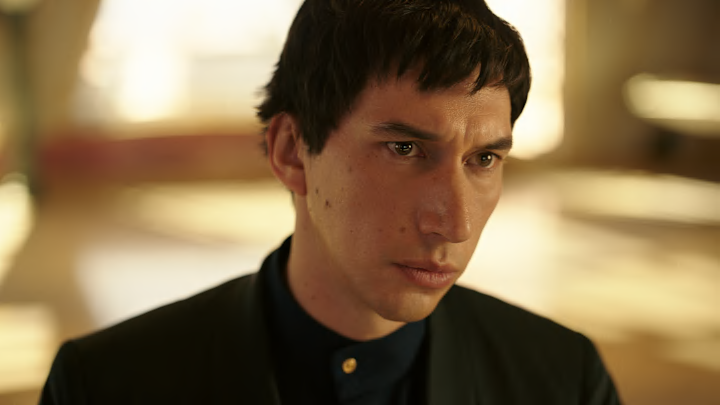Megalopolis is a generational cinematic event. Francis Ford Coppola, one of the defining names of the New Hollywood movement, has been tinkering with the premise of this film since 1980s, and he's finally managed to bring his vision to the big screen.
As one might imagine, four and a half decades of gestation means there are lots of themes and ideas crammed into the film. It's a miracle, frankly, that Megalopolis is only 138 minutes in length. Given how much time and energy has been put into the film, though, we thought it'd be fitting to separate and appreciate Coppola's various influences.
The director is an cinematic encyclopedia, and as such, there are tons of references to classic films (including some of his own). Here are four titles you should consider checking out before you go and see Megalopolis.
Metropolis (1927)
The oldest, and most obvious reference point for Coppola's new film. Metropolis inspired the title for Megalopolis, but more importantly, it revolves around similar themes of class struggle. Both stories take place in a utopian society in which all is not what it seems.
There are also aesthetic nods to Fritz Lang's landmark science fiction release. Megalopolis' art deco stylings evoke the unique design of Metropolis' titular city. The most notable difference between the silent film and Coppola's latest is that the former deals with the lower class, while the latter attempts to reckon with the mindsets of the elite.
Things to Come (1936)
Things to Come is a less celebrated film than Metropolis, but it proved just as foundational to the creation of Megalopolis. The science fiction release takes the very real threat of war at the time, and spins it out into a dystopian vision in which a group of scientists try to restore social balance by riding their community of its ruling tyrant.
The central conflict, between the enlightened and the oppressive, is something that Coppola clearly ran with in Megalopolis. The production design of Things to Come also left a mark on the director as a child, with its cavernous sets and unique blend of futuristic and contemporary technology.
The Fountainhead (1949)
The Fountainhead does not posses any of the science fiction elements that are present in Coppola's passion project, but the focus on the ambitions of the individual should ring a bell. The film, adapted from Ayn Rand's controversial novel, deals with with an architect who refuses to compromise in the face of societal norms.
The character played by Adam Driver in Megalopolis is also an artist, and also forced to contend with a society that tries to stifle his potential. The parallels between the character and Coppola himself are overt, but The Fountainhead is a foundational text for those taken with this particular aspect of the story.
Caligula (1979)
Coppola released a masterpiece of his own in 1979, Apocalypse Now, but the film that most closely resembles Megalopolis from that year is Tinto Brass' Caligula. The historical epic chronicles the rise and fall of the titular Roman emperor.
Caligula's bold depiction of Rome, as well as its emphasis on political upheaval and betrayal, are baked into the DNA of Megalopolis. The sexuality may be more overt (thanks to the involvement of Penthouse founder and financier Bob Guccione), but the heart of Caligula is very much alive in the story Coppola has spent decades refining.
